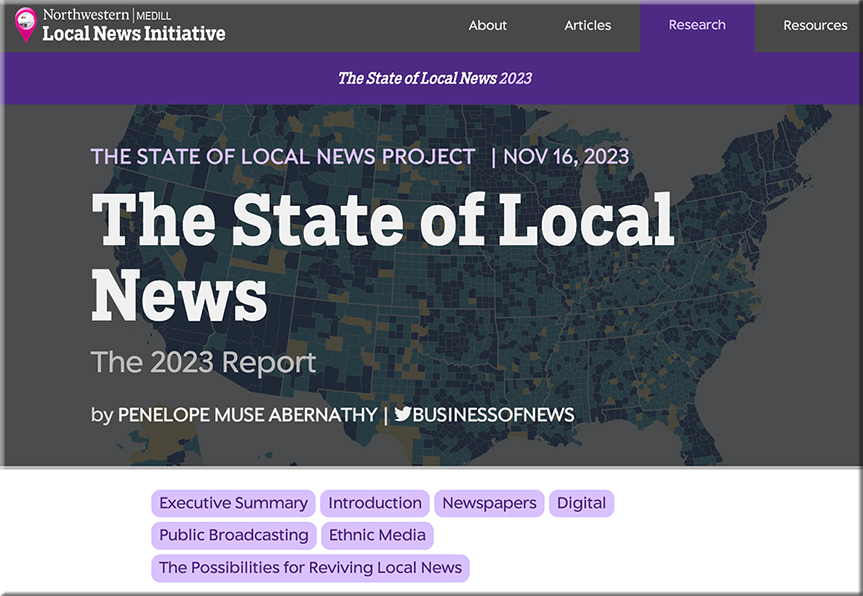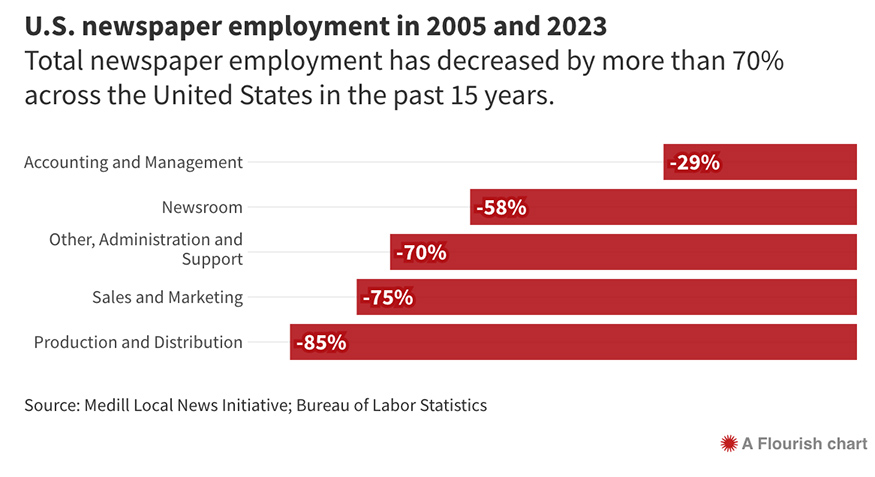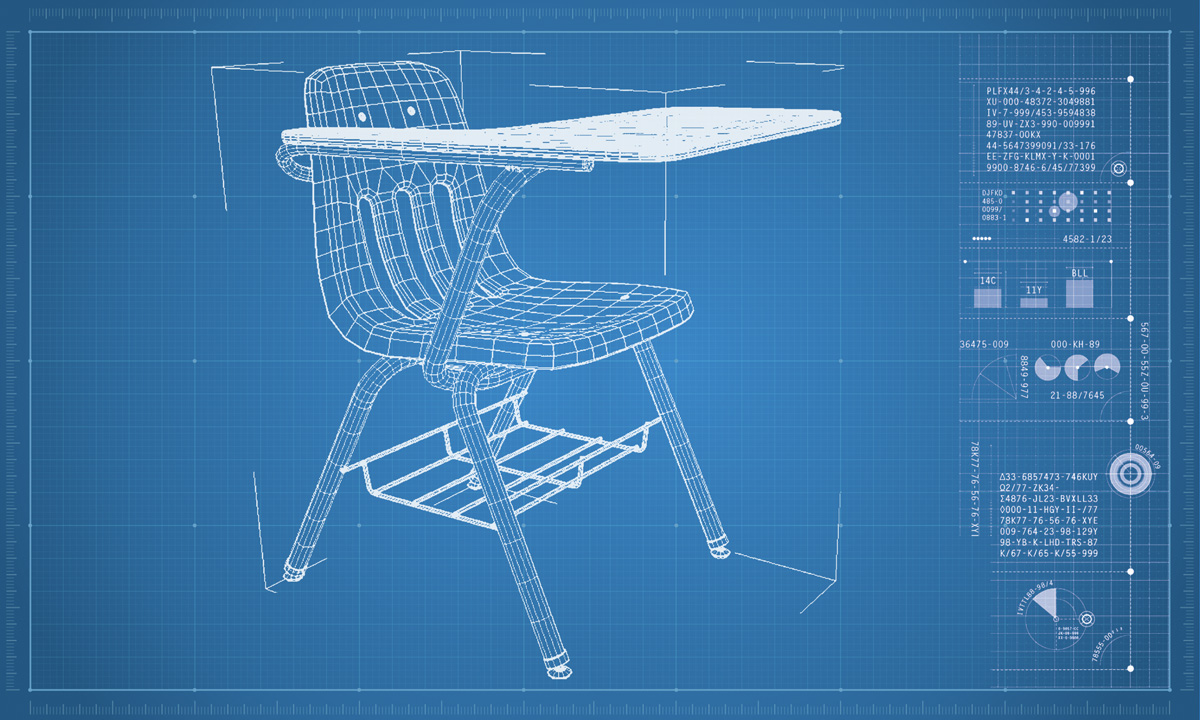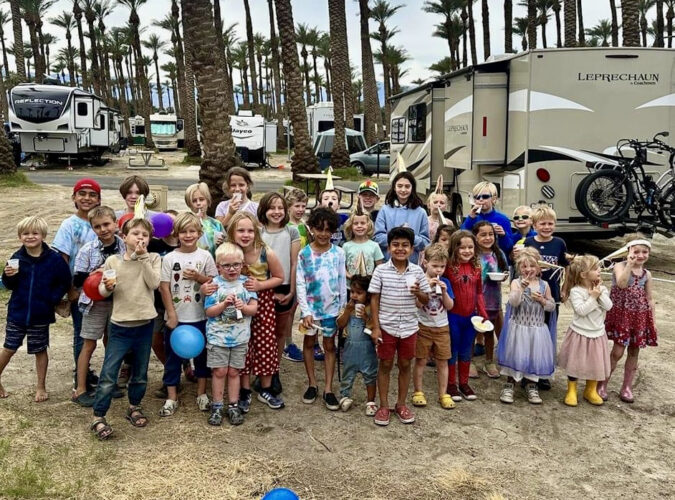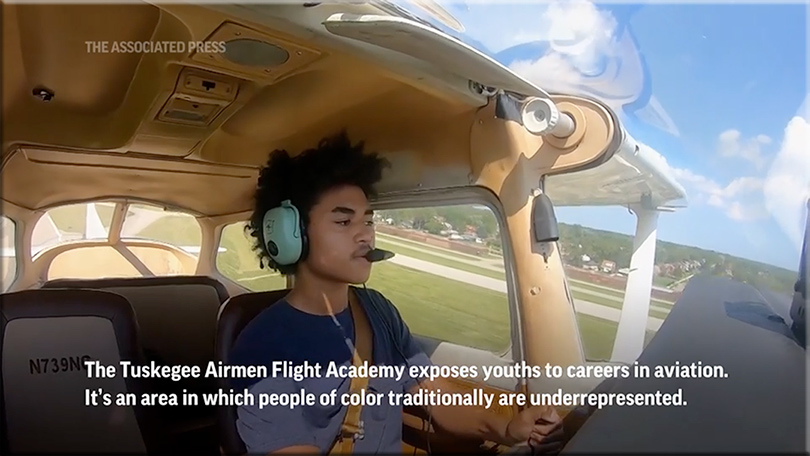Success Rates Report for the State of Michigan — from mischooldata.org
The Success Rates report and data files show the number of degree-seeking students who enter a Michigan postsecondary community college or public university and achieve a successful outcome. This includes data for Michigan’s 28 community colleges and 15 public universities, along with aggregate metrics for the community college and public university sectors broken out by race/ethnicity and gender.
Successful outcomes include:
- Earning a certificate
- Earning an associate degree
- Earning a bachelor’s degree
- Transferring to a university (for community college students)
These rates capture both part- and full-time enrollment for all degree-seeking students as well as mobility between institutions.
The report and data files are updated in late spring. See the Recently Posted Reports page for when they were last updated.
Also see:

.
Get A Job — from pathfinder.mitalent.org
- Interested in exploring in-demand jobs in Michigan? Explore Michigan’s Hot 50 Job Outlook through 2030, which includes the anticipated job growth, the average wage and the minimum education requirements for each occupation through 2028. The publication is intended to provide valuable career information to students in high school, vocational and community colleges, as well as job seekers. Additional occupational forecasts and research are available in Michigan’s Online Job Demand, a publication from Michigan’s Labor Market Information.
- The Roadmap to Opportunity highlights in-demand, high-wage careers. Explore hot job career pathways that require a certificate or an associate degree. Hear from Michigan residents who have chosen these careers and why. The website includes pathway information for the careers, including information on available programs, hourly wage rates, and cool classes you can take.
- Pure Michigan Talent Connect is your launch pad for new jobs, careers and job fairs. It is a tool connecting Michigan’s job seekers and employers and serves as a central hub linking all public and private stakeholders who support Michigan’s workforce. Pure Michigan Talent Connect serves as the state’s labor exchange system.
- The Michigan College Access Network has a list of Michigan certificate programs (PDF 770KB) which includes contact information.
Post-Graduation Opportunities and Resources — from Kent ISD/kentisd.org
The Michigan Department of Education (MDE) has partnered with the Michigan Department of Labor and Economic Opportunity (LEO) and other statewide stakeholders to develop a post-graduation opportunities informational packet available on LEO’s Pathfinder resources page.
To comply with Michigan law*, districts are required to distribute the link above to all students in grades 8-12 by October 1 of each year. The information below is supplemental and focused on local opportunities and resources, assembled by Kent ISD staff.
College Information
- Trade Schools
- Colleges and Universities
- Comparing College/University Cost
- Tuition Comparison of Public Colleges
Get a Job
Serve My Community or Country
- Military Recruiter Offices
- Kent County Sheriff’s Office
- Grand Rapids Police Department (GRPD)
- Grand Rapids Fire Department (GRFD)
- Life EMS
I’m Not Sure / Assess My Skills
The Educational Development Plan (EDP) tools listed on the Pathfinder site are free and very useful. However, most school districts supply students with EDP software such as Xello, Naviance, and Mavin for Career Development starting in 7th grade. Parents and teachers of enrolled students have access to their students’ EDP data through (and, in some cases, past) graduation. Consult with your school district for access to this resource.
Early College Credit in High School
Additional Resources
44% fear for child’s safety…
DC: While I’m glad that wasn’t part of my K-12 experience, I’m sad for our kids and the younger generations growing up in such a time. What if we truly cared about each other? How would our society look/be different? https://t.co/SySp78NAwk
— Daniel S. Christian (@dchristian5) August 29, 2024
.
From DSC:
I realize that’s a gross generalization, but I think we all experience numerous times these days when businesses and others don’t really care about us.











